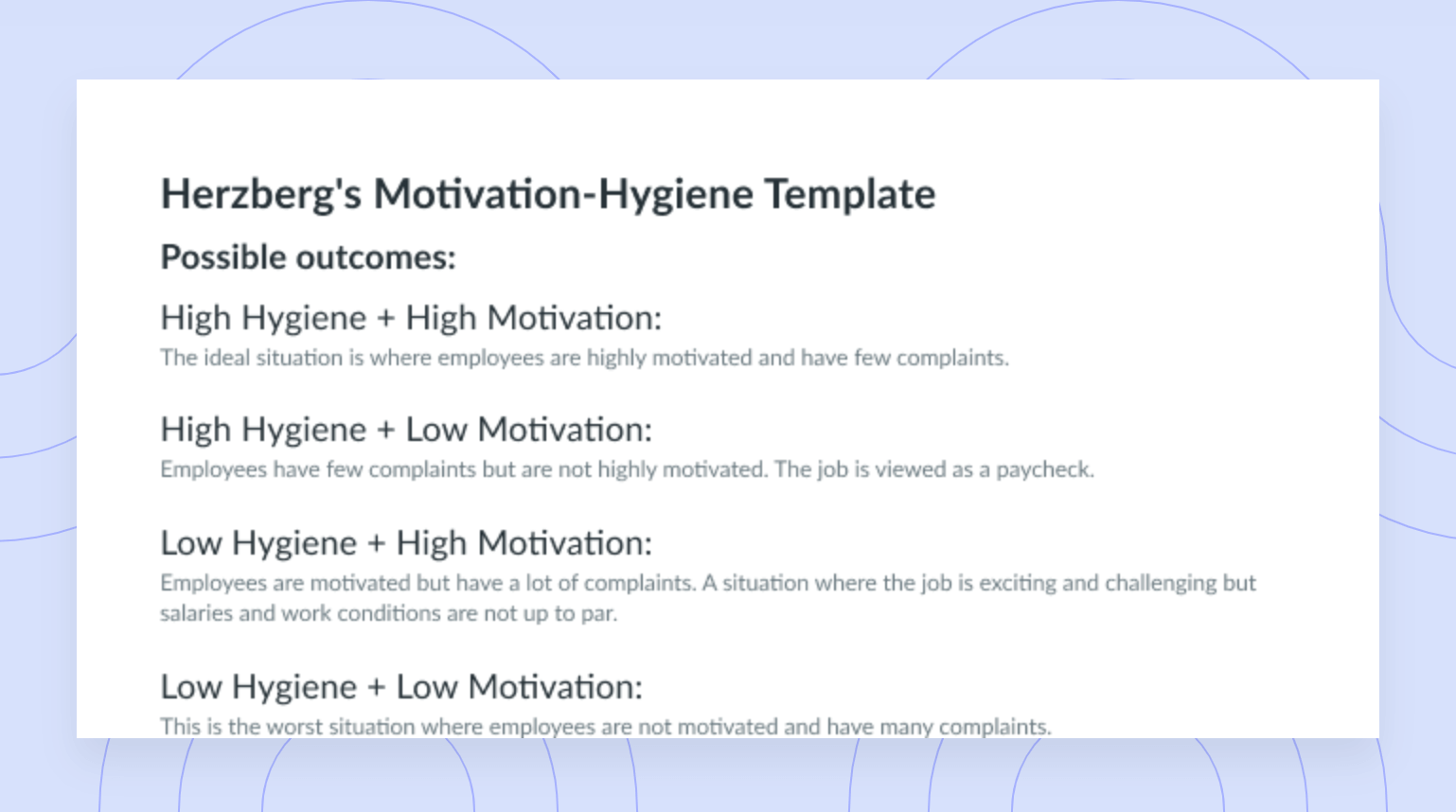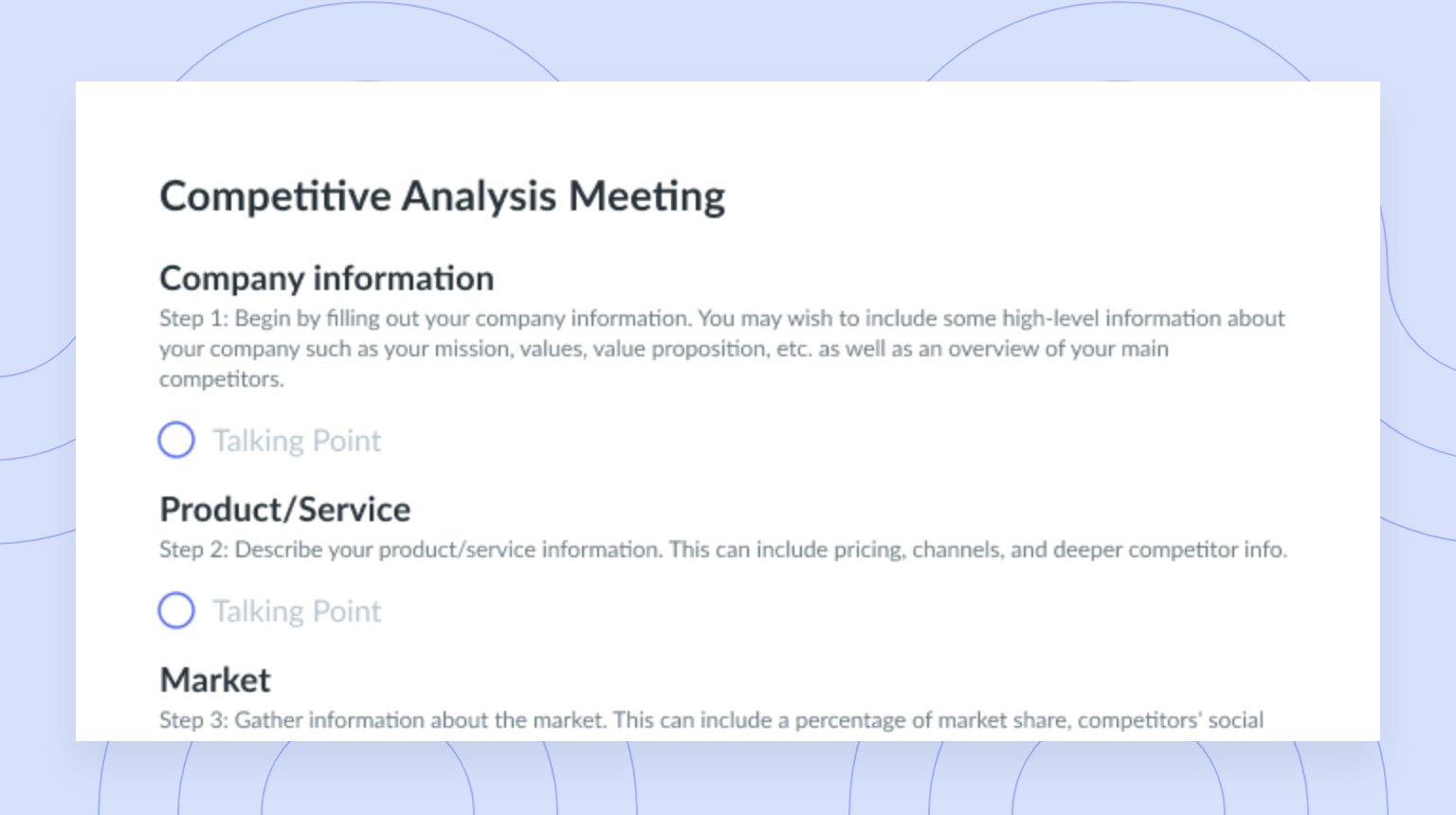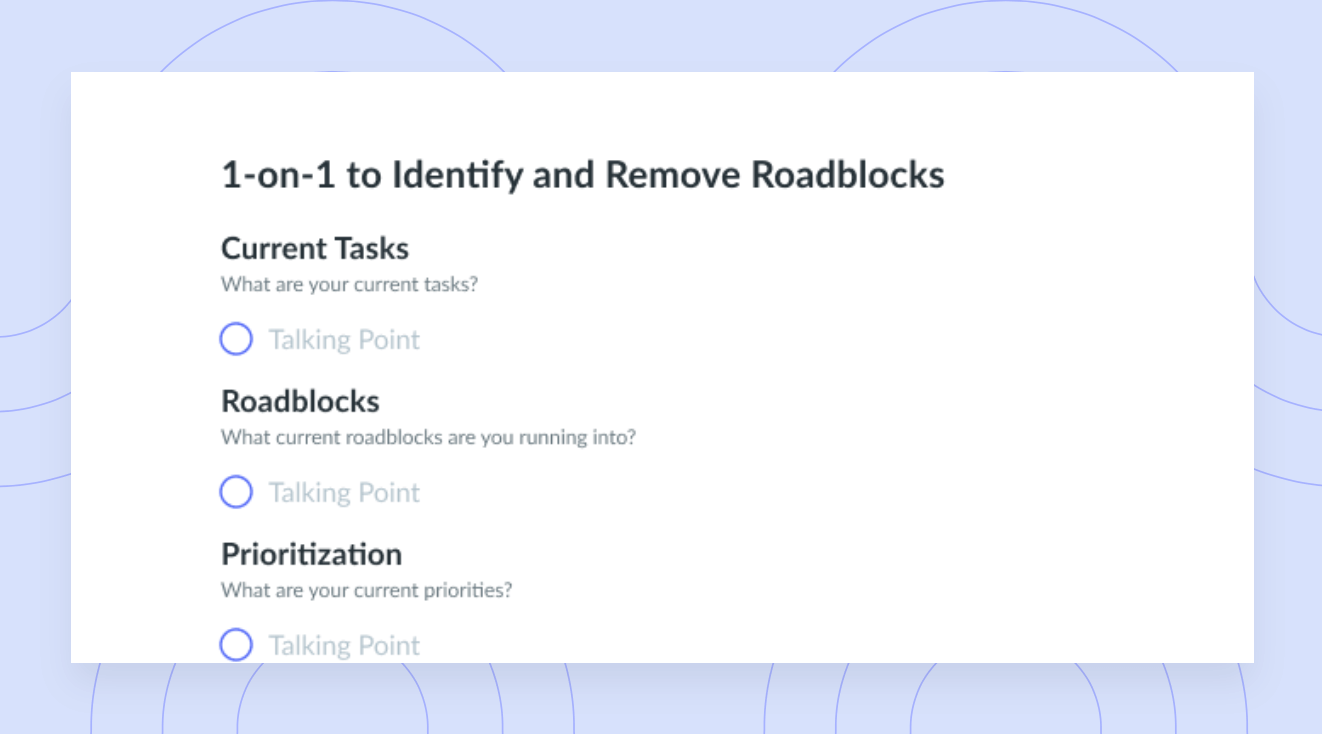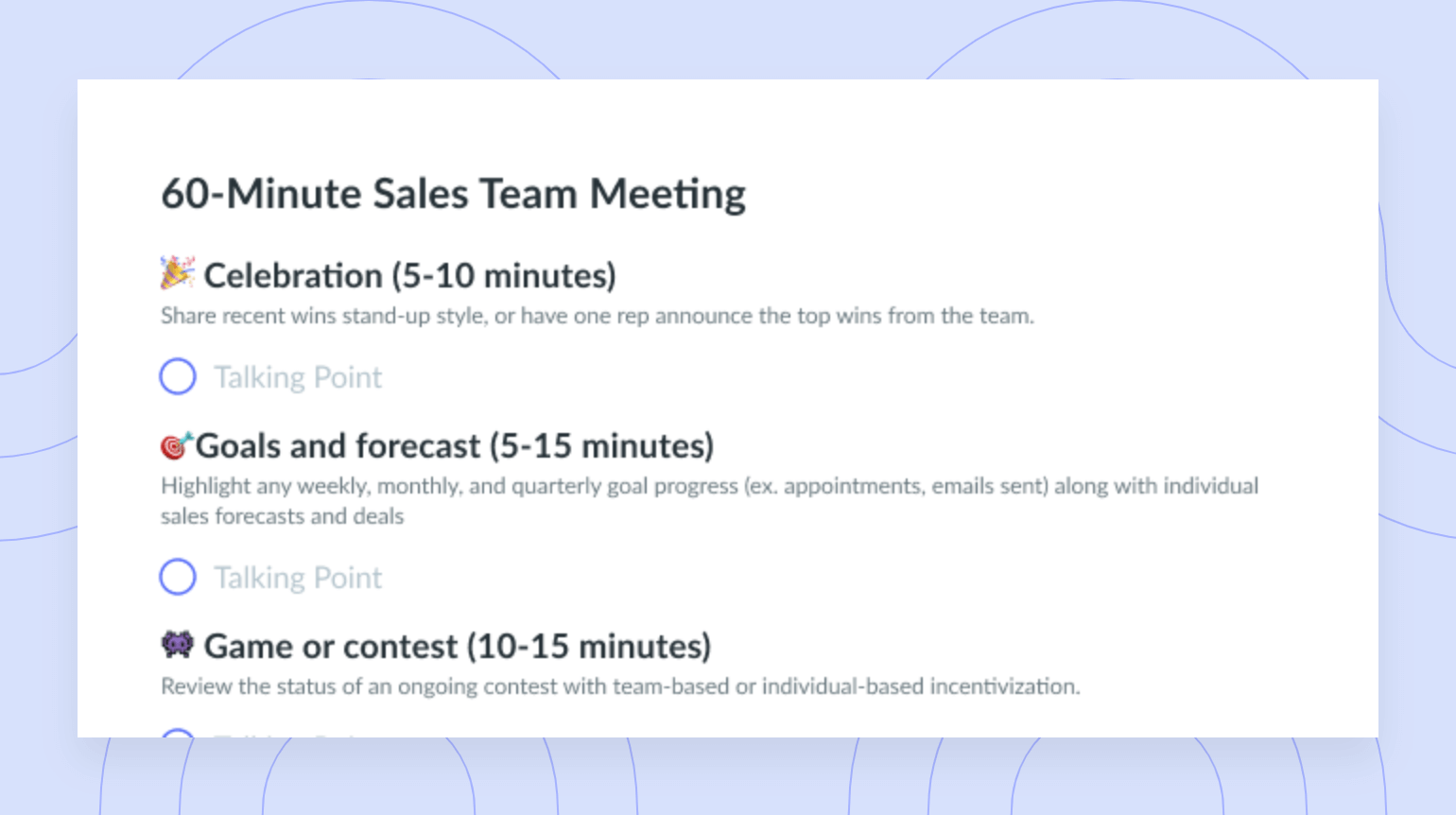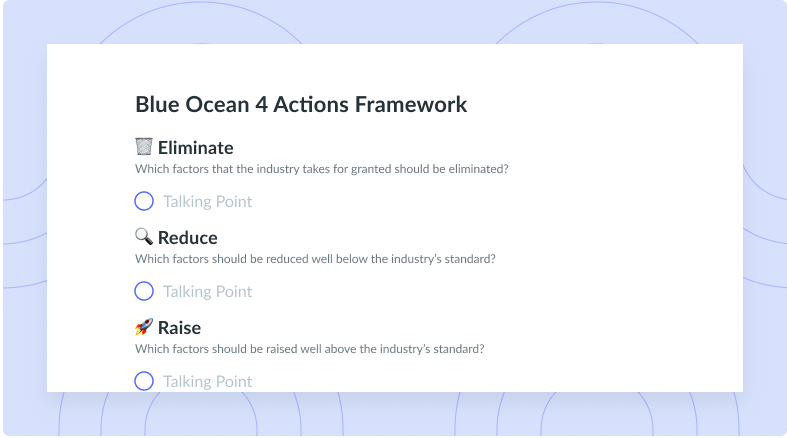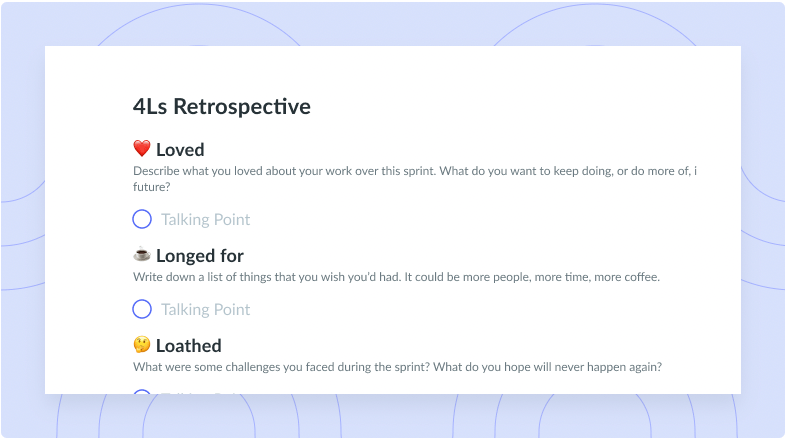Extrinsic vs. Intrinsic Motivation: What’s the Difference?
Learn about extrinsic vs. intrinsic motivation so you can optimize each for your personal growth and satisfaction.
Taking the time to understand how extrinsic and intrinsic motivation can help you excel in your position at work will support you in accomplishing your personal and professional goals with more ease. Extrinsic motivation consists of influences that motivate an individual or a group to complete a task based on external factors or rewards; whereas intrinsic motivation is based upon factors that are internally rewarding, come from within, and don’t have any kind of outside influence.
Learning about these sources of motivation can help you excel in your career. You’ll begin to notice this improvement based on the way you are performing an activity or the way you complete a task, ultimately finding both personal growth and career satisfaction through different motivating factors. Because learning about intrinsic motivation and extrinsic motivation is extremely beneficial for your performance, this article will cover everything you need to know about these different types of motivation, some examples, and some best practices for making the most of intrinsic and extrinsic motivation.
- What is extrinsic motivation?
- What is intrinsic motivation?
- Examples of extrinsic vs. intrinsic motivation
- Intrinsic motivation factors
- How to foster better extrinsic motivation
- How to foster better intrinsic motivation
What is extrinsic motivation?
Extrinsic motivation refers to a person or a group’s motivation to take action on something to meet an external objective or goal (Hennessey et al., 2015). Social and environmental factors—such as expected rewards, recognition, competition, deadlines, and the anticipated evaluation of the task—contribute hugely to extrinsic motivation (Deci & Ryan, 2013). These kinds of external factors weigh heavily on a person’s motivation to do something, especially in situations where they want to avoid punishment of any kind.
What is intrinsic motivation?
Intrinsic motivation comes from within and occurs when a person or a group takes action to do something for their own personal benefit (Hennessey et al., 2015). Intrinsic motivations often refer to factors such as self-determination, alignment with one’s values, improvement of self-perceptions, and competence in overcoming something (Deci & Ryan, 2013). This motivation comes from within and the person gains pleasure or enjoyment through the process and challenge of completing the task. Employee satisfaction is also said to be boosted upon completion of the task (Hennessey et al., 2015).

Ignite motivation
Elevate your meetings and ignite team motivation with a collaborative agenda built for everyone. Embrace a new level of collaboration and make your meetings more productive with Fellow. Start using it today!

Examples of extrinsic vs. intrinsic motivation
1Extrinsic motivation
- Participating in a company event for the chance to win an award
- Writing an essay at school to be entered into an opportunity to be awarded with a scholarship
- Doing your job or an activity for its own sake because you are paid, rather than being truly passionate about it
- Reading up on your upcoming meeting topic in hopes of being recognized for your efforts by the leadership team
2Intrinsic motivation
- Participating in a company event because the topic truly interests you and you are keen to learn more on it
- Going over and above on the details of an essay because you thoroughly enjoyed researching and writing it
- Coming to work motivated to complete your tasks because you are passionate about it
- Reading up on a subject you find really interesting, even if it’s not directly related to your job
Intrinsic motivation factors
1Challenge yourself
To build your intrinsic motivation, challenge yourself in your personal and professional life. Try things that are outside of your usual routine or comfort zone and make the effort to explore other areas that might inspire or motivate you to continue learning and evolving.
2Create competition
Creating some healthy competition can help boost your intrinsic motivation. Think about creating some goals with your colleagues or friends and see who might be able to crush the goal the quickest. In a supportive environment, this healthy competition will push you to work harder and achieve more.
3Cooperate with others
Choose to cooperate with others and to resolve any issues that arise as soon as possible. Eliminating any bad blood and taking any opportunities to collaborate with others gives you many outlets of new information, guidance, and support so you can really take charge of your career with the help of your colleagues.
4Be curious
Stay curious. When there’s something that you don’t quite understand, be sure to read up on it or to ask someone who’s an expert in this area. Being curious about new topics will help you continue to learn and grow, through your own research, as long as you ask questions and follow up.
5Show recognition
Showing recognition to yourself and to others can help you motivate yourself. When you choose to give recognition, it shows your team members that you see and appreciate their efforts, which will make others more likely to show you the recognition that you deserve so you can continue to work feeling more motivated than before.
How to foster better extrinsic motivation
1Coach employees
You can foster extrinsic motivation by coaching employees at work. Coaching is a great way to provide support and guidance to employees, especially if there are areas in which they need to improve. This is a great way of creating goals together that employees can work towards. The extrinsic motivation piece can come from providing positive feedback, recognition, or rewards for employees’ efforts. As you coach employees and provide them with external rewards (whether tangible or intangible), this also helps improve their intrinsic motivation because when you believe in someone, they’ll begin to build their confidence and feel more motivated to complete tasks.
2Be enthusiastic
Be enthusiastic and find parts of your job that excite you. If no parts of your job are exciting you, make sure that you discuss this with your boss and find some training or tasks that you’re more interested in. Being enthusiastic about your work will help you appreciate your role more and recognize which external factors motivate you the most. If you’re in a leadership role, be sure to be enthusiastic about the projects and plans that you’re proposing to the team. Your enthusiasm for the project will translate into extrinsic motivation for your team members.
3Use positive reinforcement
Extrinsic motivation arises through positive reinforcement as well. Make sure that you’re regularly providing positive feedback and recognition to your team members to continue to motivate them and so they recognize when they’ve done a great job. Providing positive reinforcement will encourage more of that particular behavior at work, also helping contribute to the productivity of the organization as a whole. Whether you provide positive reinforcement through recognition, positive feedback, or a tangible reward, this will help extrinsically motivate your team.
4Gamify projects
Choose to gamify projects so they become more enjoyable and more interesting. You can set up some healthy competition between colleagues or have one team work in competition with another for some kind of external reward. You could offer a prize to the team or employee who attains the project’s objectives the fastest and most effectively so people feel even more motivated to participate.
5Be patient
Try to be patient and understanding with both yourself and with your direct reports if you’re in a management position. It can often take considerable time and effort to feel more motivated at work. Because we’re all unique people, certain rewards will motivate one person more than another—meaning it can take some trial and error, as well as some contemplation, to think about what motivates us to do our best at work and to achieve personal satisfaction.
How to foster better intrinsic motivation
- Focus on finding value in your work
- Offer your help to other team members
- Set challenging but attainable goals
- Create friendly competition
1Focus on finding value in your work
To foster better intrinsic motivation, focus on finding value in your work. Gaining a better understanding of the bigger vision of the organization may help you to better comprehend the value that you contribute to the team and to the company as a whole. For many people, value-based rewards or recognition is more important than external factors, which is why it’s important that you feel like you align with the company culture and that your values are aligned with the work that you’re contributing.
2Offer your help to other team members
Offering help to your other team members is something that will likely improve their intrinsic motivation, since they’ll know that they have people who are willing to support them and guide them as they face particular challenges. Moreover, helping your team members will also help with your own intrinsic motivation: As you help others, you’ll feel more needed and valued in your own role, which may motivate you to continue performing well, as a team player.
3Set challenging but attainable goals
To practice intrinsic motivation, make sure that you’re setting challenging but attainable goals. It can be helpful to break down large goals into smaller, more easily attainable tasks. This way, as you continue to accomplish these smaller goals, you’ll feel more motivated to continue, knowing that you’re already hitting some of your goals and continuously getting closer to achieving your larger vision.
Pro tip: You can easily stay on top of your and your team’s goals by clearly recording, defining, and tracking the progress of your OKRs in Fellow’s Objectives tool. The best part? You can quickly review those objectives during your team meetings!
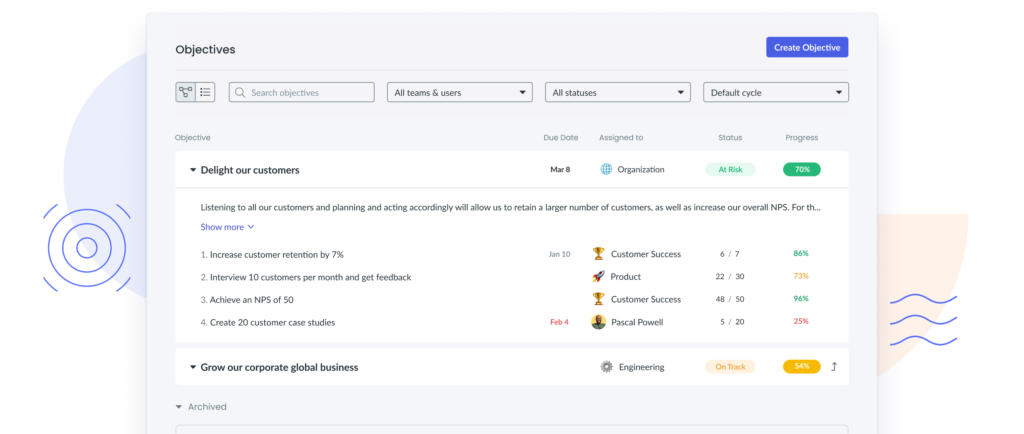
4Create friendly competition
A little bit of friendly competition at work can be fun and can be really self-motivating, thus helping you work on your intrinsic motivation. Competition is especially helpful if you feel like you’ve hit a bit of a wall in your role, because this competition may inspire you to apply more effort than you have been to your tasks. You can end up really surprising yourself with what you are capable of achieving when there’s some level of competition involved, thus increasing your own personal motivation to perform as best as you can.
Parting advice
The type of motivation that pushes employees to perform at their best differs from person to person, based on their values, needs, experiences, and interests. Concerning extrinsic motivation and external factors that you may focus on to motivate employees, be wary of the overjustification effect, which happens if you’re not consistent with rewards, since employees may disengage more than before. Employees may be initially interested in the reward, but if it’s only provided sporadically and in an unpredictable manner, it could have negative effects on their motivation. That said, using consistent recognition and rewards will help motivate your employees and reassure them that they’re valued and supported and are important members of the team.
References:
Hennessey, B., Moran, S., Altringer, B., & Amabile, T. M. (2015). Extrinsic and intrinsic motivation. Wiley encyclopedia of management, 1–4.
Deci, E. L., & Ryan, R. M. (2013). Intrinsic motivation and self-determination in human behavior. Springer Science & Business Media.









